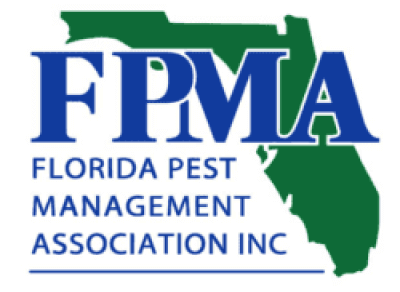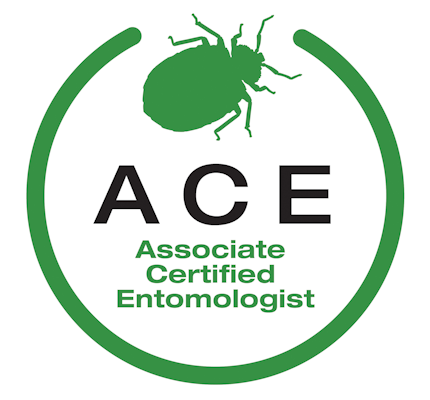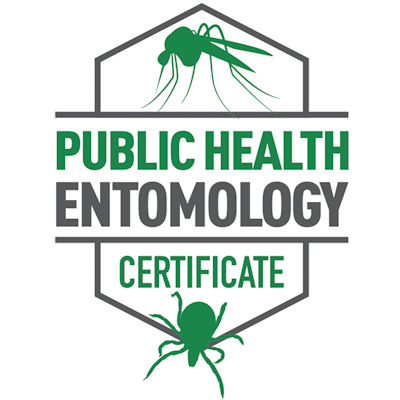Cricket Pest Control
How we treat:
Crickets
We’ll use our expert knowledge of cricket biology to effectively and safely prevent and protect your home like it was our own. See how.
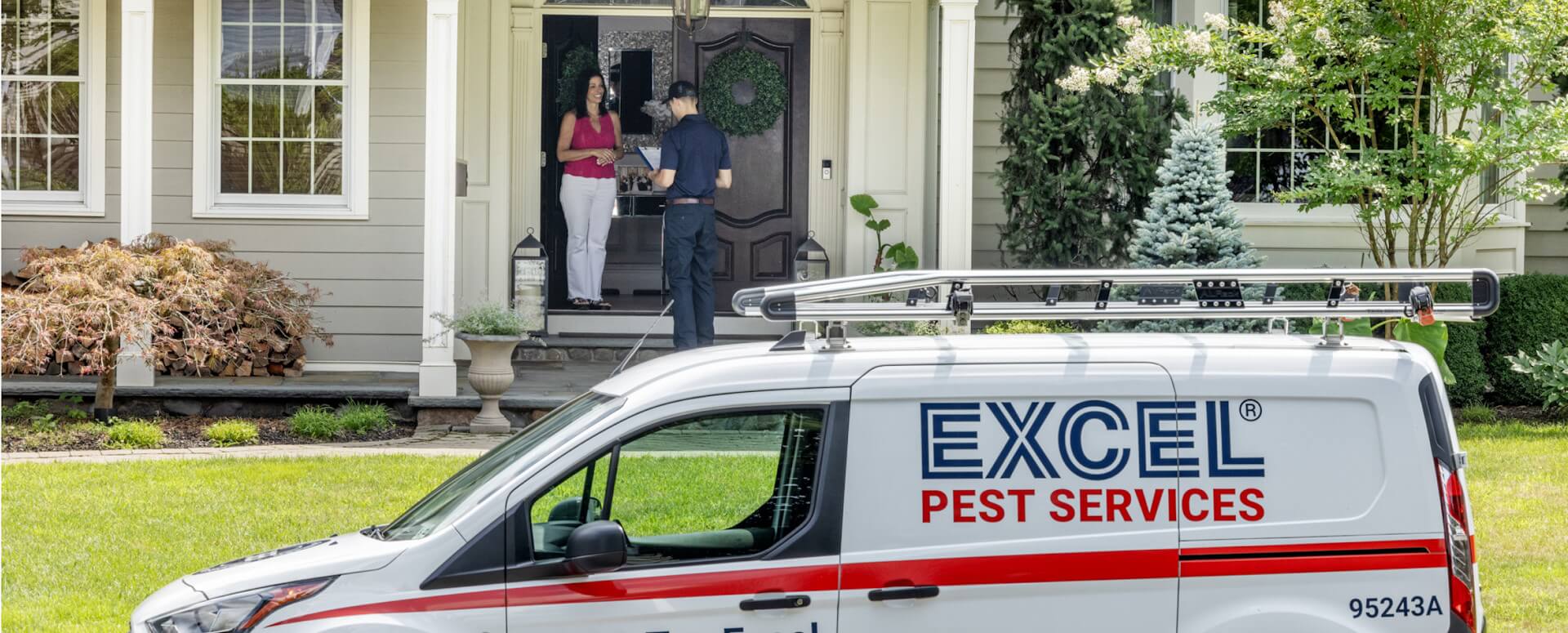
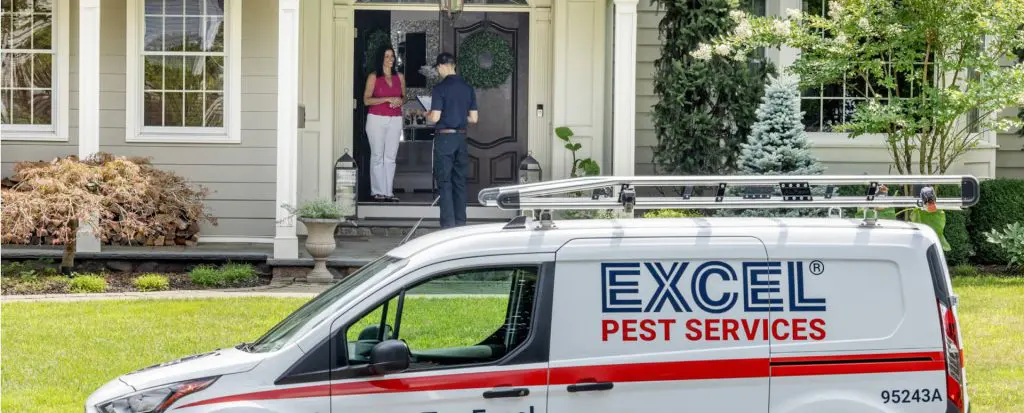
Getting rid of crickets is as easy as 1, 2 and 3
INSPECT
We identify key areas to locate cricket harborage sites and assess the extent of the infestation.
TREAT
Once we’ve confirmed a cricket infestation, we implement a targeted treatment plan, which may include outdoor treatments to address cricket populations in nearby vegetation.
PREVENT
We may recommend tips to discourage cricket activity such as reducing moisture levels and modifying outdoor lighting.
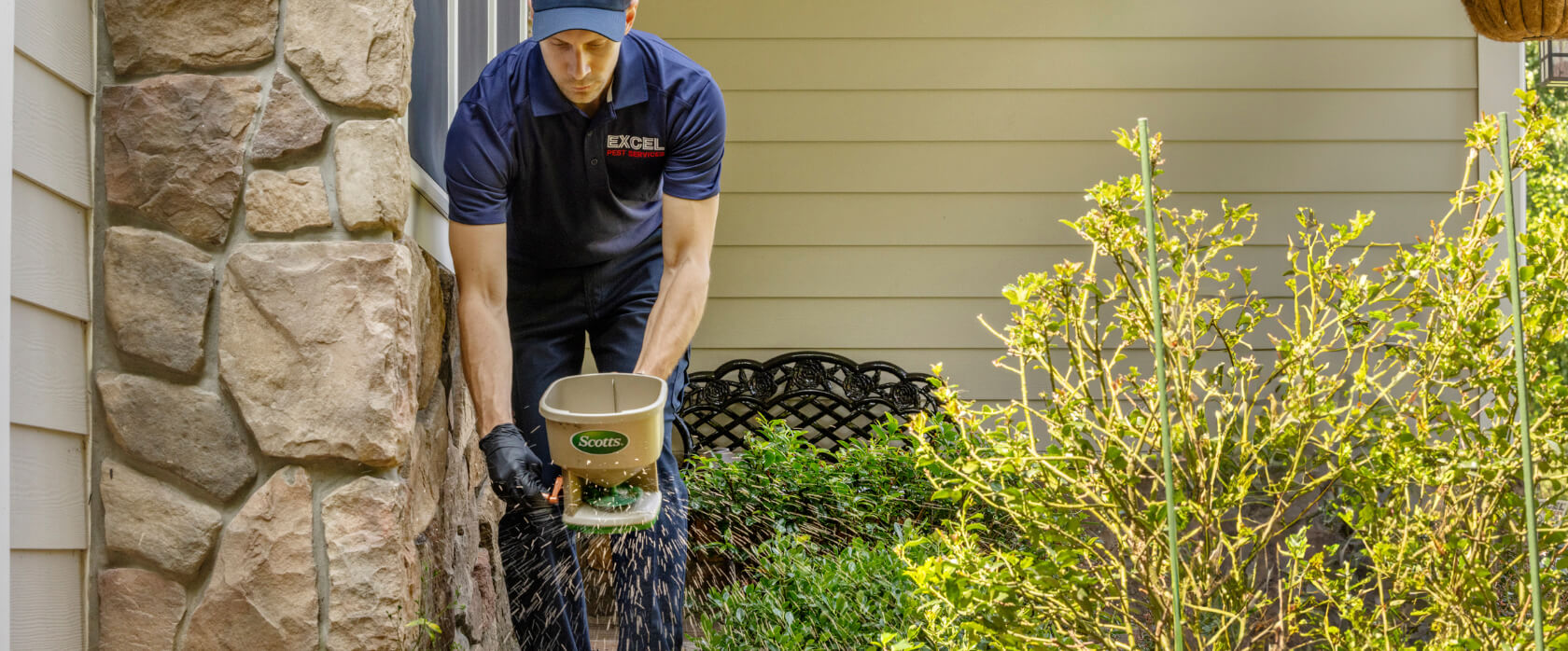
Excel’s proven process
Our proven approach to delivering a pest-free, worry-free environment. Guaranteed.
Inspect
We’ll inspect your home inside and out, and top to bottom to spot current and potential pest problems.
Identify
We’ll assess and correctly identify any active pests. Pest species and biology is considered to choose the right treatment option.
Treat
We’ve identified your pests, now we’ll treat them using safe and effective treatment methods with only EPA registered products.
Report Back
We’ll provide service reports via email letting you know who was there, what they did, and what happens next.
Monitor and Maintain
We’ll prevent pests from returning with our ‘set it and forget it’ maintenance plan. Keeping you one step ahead of mother nature.
Feel Excel-lent
You’ll feel great and rest easy knowing your home, family and pets are in good hands.
Testimonials
Your neighbors love us.
Pests, not so much.
“I’m definitely as environmentally conscious as I can be…a lot of these companies come out and they say, we’re the professionals, we’ll take care of it. You just cut us a check and don’t worry about the details. The fact that you explain the details matters a lot.”
“I did talk to a number of pest control companies, and when I considered the value of their being willing to come out anytime I have a problem I went with them. That freedom to just call is very valuable to me.”
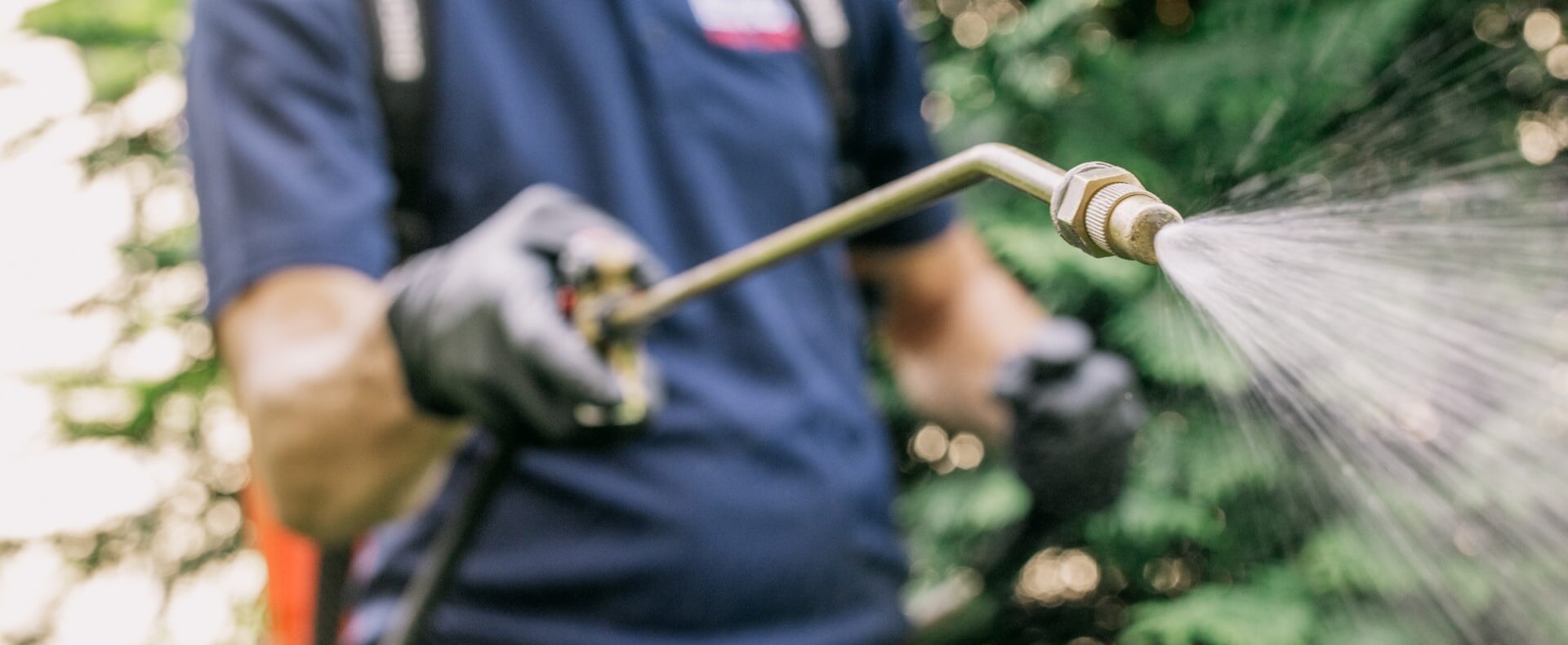
Quick reference
Frequently asked questions
What do crickets look like and why are they concerning?
A cricket is an insect related to the grasshopper. Like grasshoppers, they have chewing mouthparts, and their back legs are larger and stronger than their other two pairs. Crickets have rounded heads, long and thin antennae, and wings that bend down on the sides of their body. Unlike grasshoppers, crickets typically appear flat. Most common cricket species are ground crickets, house crickets, and field crickets, along with the camel crickets and the distinctive mole cricket. Ground crickets are much smaller than other species, and are brown. House crickets grow to be around 16 to 22 mm long and are yellowish-brown. Field crickets can grow longer than 2.5 cm and are brown or black. House crickets can bite humans, but generally are not able to puncture the skin. Crickets carry and spread a variety of diseases through their saliva and excrement. In addition to their potential health hazards, they can wreak havoc on items throughout the home, such as clothing, furniture, houseplants, and wallpaper. Crickets often cause damage by eating seeds and crops and can even destroy an entire garden.
Where do crickets live?
Crickets prefer to live in moist conditions. Inside, they are most commonly found in basements, bathrooms, and kitchens. Outside, they will live in a variety of places, including flower beds and gardens, overgrown grass, and near compost piles or garbage cans.
Why do I have a cricket problem?
Crickets generally prefer to live outside, but sometimes outdoor conditions will cause them to enter homes and businesses. For instance, if food sources dwindle or weather becomes too extreme, be it too hot or too cold. Conditions that tempt them to enter buildings are bright outdoor lights and moisture. Crickets can enter through unsealed cracks in the foundation or the spaces around windows and doors.
When are crickets active?
Certain types of crickets will spend the winter as nymphs and develop quickly once warm weather arrives. They usually appear as adults and start mating in late spring. They can be heard all the way through late June or early July, which is when they lay their eggs and subsequently die off. Other types of crickets don’t appear as adults until mid to late July and can be heard all the way through the fall, before they lay their eggs and are killed by frost. There is usually a period after the first type dies out and before the second type fully matures, during which neither type can be heard. All types of crickets are active during the night.
What’s the best way to prevent a cricket infestation?
In order to prevent crickets entering homes and businesses, any cracks and crevices in the foundation or gaps around windows and doors should be sealed. The best way to avoid attracting crickets is by using dehumidifiers to decrease moisture levels. Storage areas, such as basements, attics, and closets, should be kept as clutter free as possible in order to minimize possible hiding places. To get rid of crickets on your property call EXCEL today and have one of our cricket control experts visit you.





If pests come back so do we. Guaranteed.
The Excel “Worry Free-Pest Free” Guarantee.
Partnering with us means we’ve got you covered all year long – with free return service visits, anytime. If you need us, call us. We’ll be there. It’s one more way you can Excel and exhale.
Talk to us today.

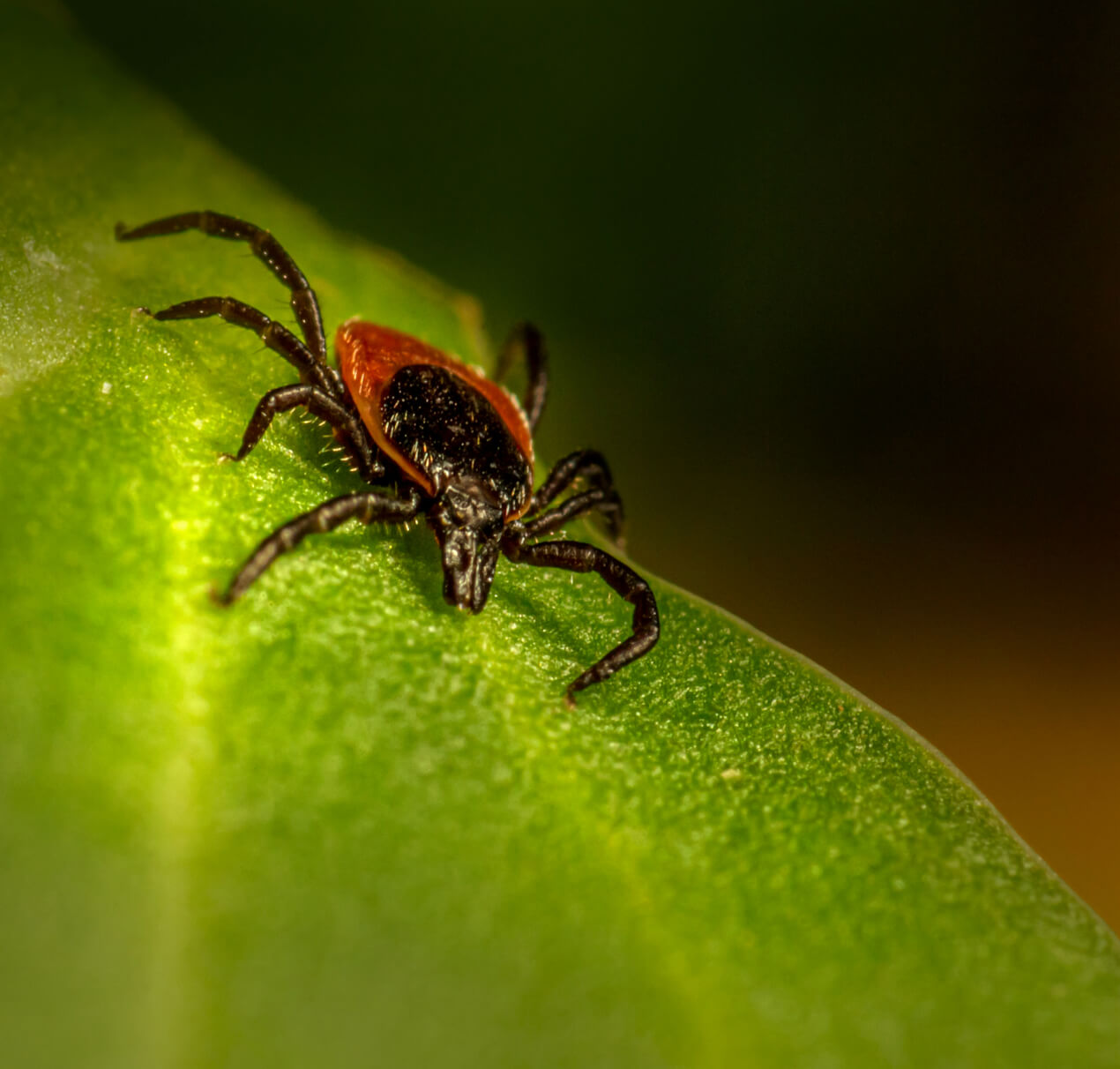

You’ll be supporting research into Lyme disease, too.
Choosing Excel helps us support the John Hopkins Lyme Research Center. You will help them advance the critical knowledge and clinical tools urgently needed to improve Lyme disease patient care and health outcomes.
The Company
We Keep
